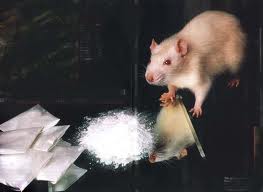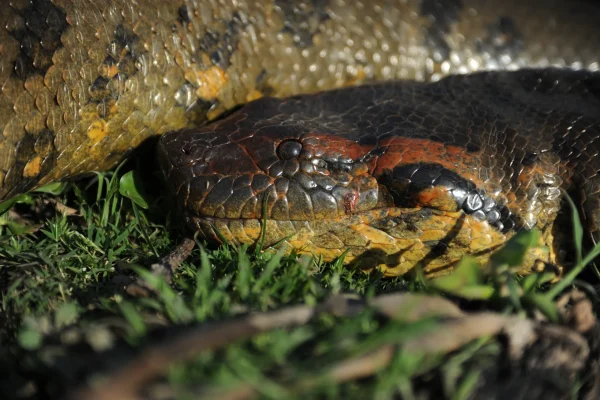The Start to Curing Addiction

February 21, 2017
Researchers have recently created mice that appear to not have the craving for cocaine, even after repeatedly given the drug. They were able to do this by genetically engineering these animals. “They didn’t keep going into the room where they received the cocaine. They seemed to be just as happy exploring all around the cage,” states Shernaz Bamji, a professor in the Department of Cellular and Physiological Scientists at the University of British Columbia in Vancouver. “Addiction is a form of learning,” she replies.
Somehow these genetically engineered mice never learned to associate the good feelings that was produced by the cocaine, to where the drug was received. The result shocked the scientists and researchers so much that the test had to be run multiple times. “We repeated the experiment several times to see if we had made a mistake,” Bamji says. They had discovered that it was the proteins that affected the animals’ learning.
The mice genetically engineered were producing high levels of proteins called cadherins. This is the part of the brain called the “reward circuit” that ties into addiction. Studies show that people with high levels of cadherins are more susceptible to drug addiction.










